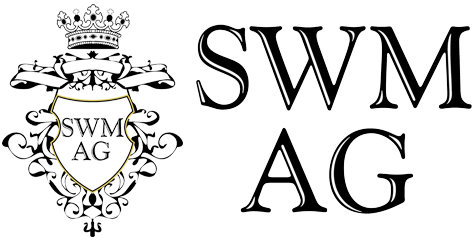• Preserving eternal
values and increase.
• Preserving eternal
values and increase.
Cost-Average-Effect
Unchanging rates give independence.
This is our strategy for increasing assets reliably.
Purchasing with unchanging payment rates:
The Cost-Average-Effect arises from regular purchasing with constant sums. With this method, fluctuations in value mean that the purchaser, on average, purchases their precious metals at a lower price than if they were to regularly buy the same amount at varyingly high prices. Because, automatically, less weight is bought at high prices and correspondingly more at low prices. For example: a regular precious metal purchase of 100 euros per month. The lower the price, the more weight is bought. You have spent a total of 600 euros and thereby made the following purchases:
Monthly investment
100.00 euros
100.00 euros
100.00 euros
100.00 euros
100.00 euros
100.00 euros
Price per gram
100.00 euros
50.00 euros
25.00 euros
12.50 euros
25.00 euros
50.00 euros
Purchase
1 gram
2 grams
4 grams
8 grams
4 grams
2 grams
Investment
600 euros
Value
1,050 euros
Profit
450 euros
6 consistent purchase rates
Different prices
Automatic more
weight per purchase at low prices
AN EXTREME EXAMPLE HAS DELIBERATELY BEEN USED TO ILLUSTRATE THE MATHEMATICAL EFFECT.
THE PURCHASE SUM ADDS UP TO 600 EUROS. 21 GRAMS WERE PURCHASED.
With a price per gram of 50 euros, the value of the metal after the 6th purchase is 1,050 euros (21 grams x 50 euros). With a total purchase price of 600 euros, the profit in this mathematical example is then 450 euros. It should be noted, however, that in the case of long-lasting price increases with little or no downward fluctuation, uniform purchase may not achieve the desired effect. Therefore, a one-time payment may be the more effective choice in the case of perspectively long upward trends.
David Ricardo, British economist



